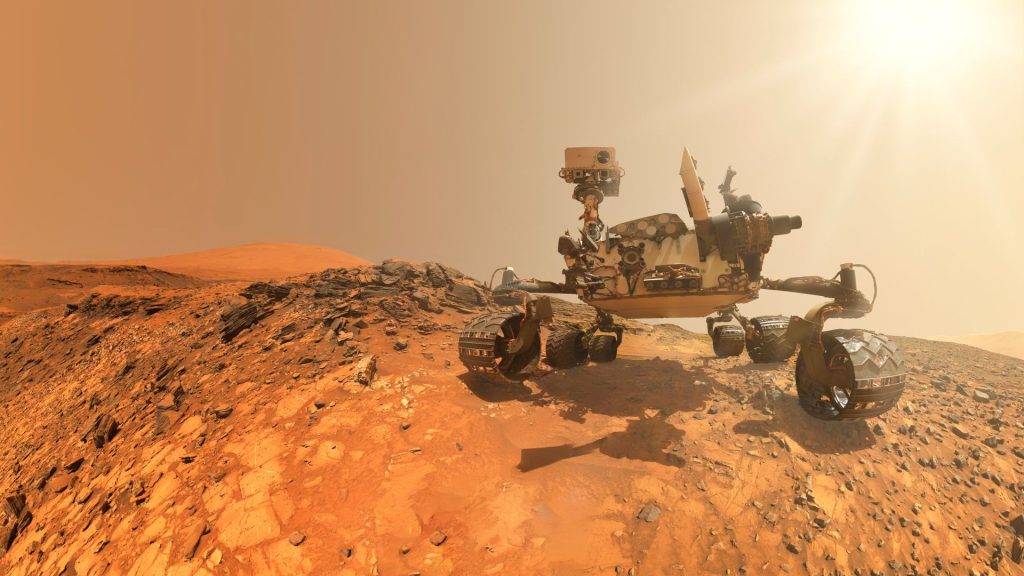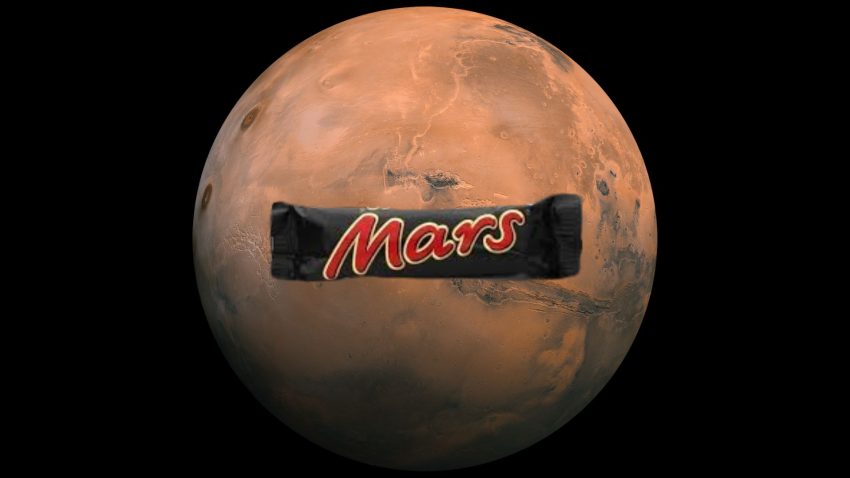In the world of marketing, serendipity often plays a role as significant as strategy. Sometimes, the most unexpected events can lead to surprising outcomes, and the story of Mars bars and NASA’s Pathfinder mission is a perfect example of this phenomenon. Back in mid-1997, the candy company Mars noticed an unusual and unexpected uptick in sales of its iconic Mars bar. What made this surge particularly intriguing was that the company hadn’t changed its marketing strategy in any way. No additional advertising spend, no price changes, no special promotions—yet sales were climbing. So, what caused this sudden spike in popularity? The answer lies not on Earth, but on another planet: Mars.
The Pathfinder Mission: A Global Sensation
In July 1997, NASA’s Pathfinder mission captured the world’s attention. The mission was designed to explore the surface of Mars, collecting data on the planet’s atmosphere, climate, and soil. After years of preparation and millions of dollars in funding, the Pathfinder lander successfully touched down on the Red Planet, marking a monumental achievement in space exploration. The event was a media sensation, with news outlets around the globe covering the mission extensively. For weeks, the word “Mars” was everywhere—on TV, in newspapers, and in everyday conversations.

The Unintended Marketing Boost
While the Mars candy bar was named after the company’s founder, Franklin Mars, and not the planet, the media frenzy surrounding the Pathfinder mission inadvertently acted as a powerful marketing tool for the brand. Every time someone heard or read about the planet Mars, it triggered a subconscious association with the candy bar. This psychological connection led to increased awareness and, ultimately, higher sales. People weren’t just thinking about the Red Planet—they were craving a Mars bar.
The Power of Associative Marketing
This incident highlights the power of associative marketing, where external events or cultural moments can influence consumer behavior without any direct effort from the brand. In this case, NASA’s exploration of Mars created a halo effect that benefited the Mars candy bar. The brand didn’t need to spend extra money on advertising or promotions; the media coverage did the work for them. It’s a reminder that sometimes, the best marketing strategies are the ones you don’t plan for.
Lessons for Marketers
The Mars bar and Pathfinder story offers several valuable lessons for marketers:
- Cultural Moments Matter: Pay attention to cultural and global events that align with your brand’s name, values, or messaging. These moments can create organic opportunities for increased visibility.
- Associations Are Powerful: Consumers often make subconscious connections between unrelated things. A strong brand name or identity can benefit from these associations, even if they’re unintentional.
- Serendipity Can’t Be Planned, But It Can Be Leveraged: While you can’t predict unexpected events, you can be ready to capitalize on them. Stay agile and be prepared to adapt your marketing strategy when opportunities arise.
- Sometimes, Less Is More: The Mars bar sales spike is a testament to the fact that you don’t always need a big budget or a flashy campaign to make an impact. Sometimes, simplicity and timing are enough.
The Demand Planning Challenge
From a supply chain and demand planning perspective, this incident raises critical questions:
- How do you forecast demand when external factors—like a space mission—suddenly influence sales?
- Can demand planners account for unpredictable, non-marketing-driven spikes?
- What tools and strategies can help businesses stay agile when unexpected demand surges occur?
Key Lessons for Demand Planners
1. External Factors Matter More Than You Think
Traditional demand forecasting relies on historical sales data, seasonality, and planned promotions. But the Mars bar example shows that external triggers—news events, pop culture, viral trends—can drastically impact demand.
Solution:
- Monitor media trends and social sentiment related to brand keywords.
- Use AI-powered demand sensing tools to detect real-time shifts in consumer behavior.
2. The “Halo Effect” Can Disrupt Supply Chains
When a brand’s name or product aligns with a trending topic (even unintentionally), demand can skyrocket without warning. If supply chains aren’t agile, businesses risk stockouts or excess inventory when the hype fades.
Solution:
- Build flexible supply chains with buffer stock for high-risk/high-opportunity products.
- Collaborate closely with marketing to assess potential external influences.
3. Scenario Planning Is Essential
Most demand forecasts assume stable conditions, but real-world events (like NASA’s Mars mission) can break those models.
Solution:
- Run “what-if” scenarios for unlikely but high-impact events.
- Develop contingency plans for sudden demand spikes (e.g., rapid production scaling or rerouting inventory).
4. Data Integration Is Key
Had Mars been tracking media mentions of its brand name in real-time, it might have anticipated the sales lift and adjusted production or distribution accordingly.
Solution:
- Integrate external data sources (news, social media, search trends) into demand forecasting models.
- Use predictive analytics to correlate external events with past sales anomalies.
Final Thoughts
The Mars bar story isn’t just a quirky marketing anecdote—it’s a demand planning case study. In today’s fast-moving world, companies must look beyond traditional forecasting methods and prepare for the unpredictable.
By leveraging real-time data, AI-driven insights, and agile supply chains, businesses can turn unexpected demand surges—whether from space missions or viral trends—into opportunities rather than disruptions.
After all, in demand planning, sometimes the biggest risks… come from outer space. 🚀🍫
